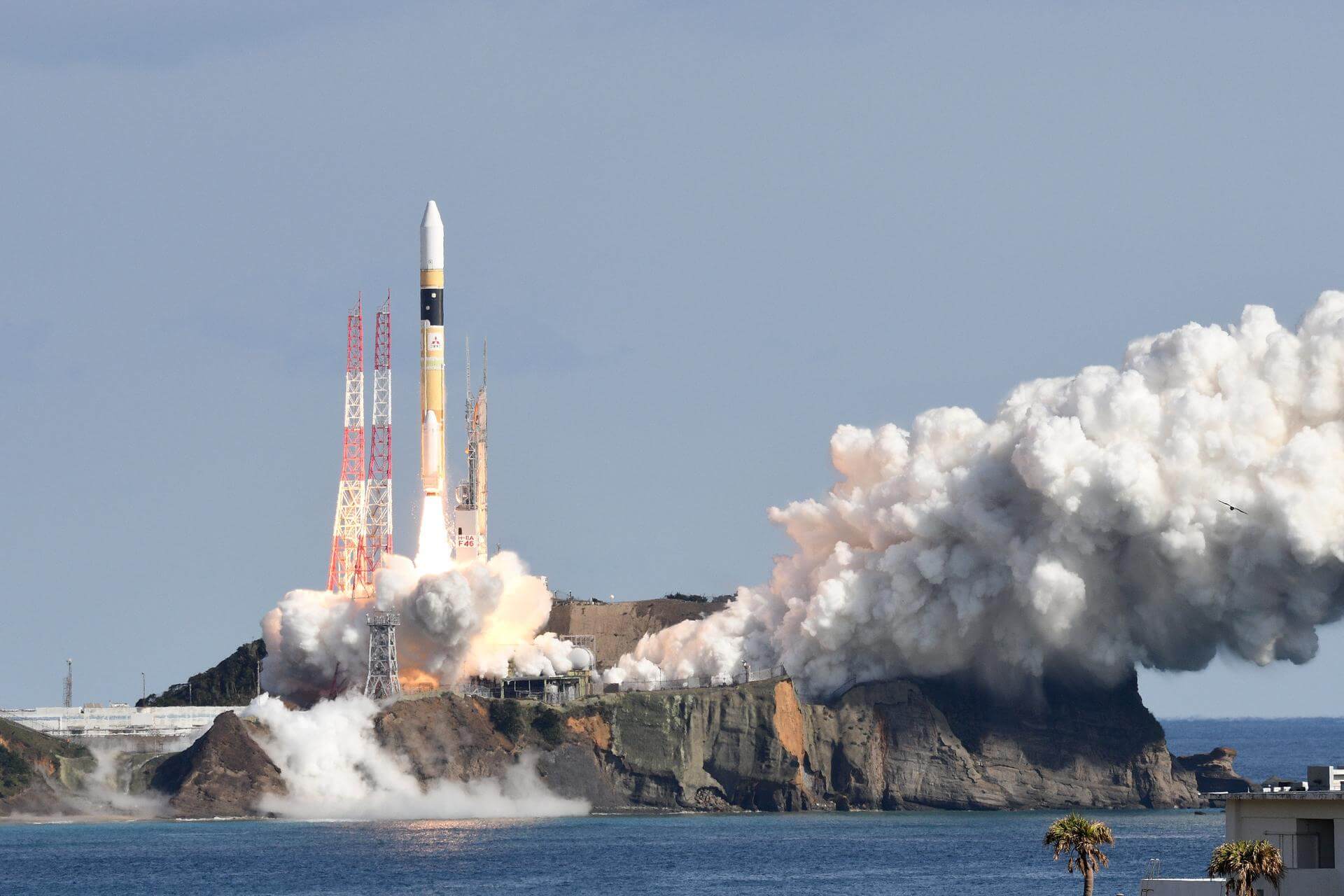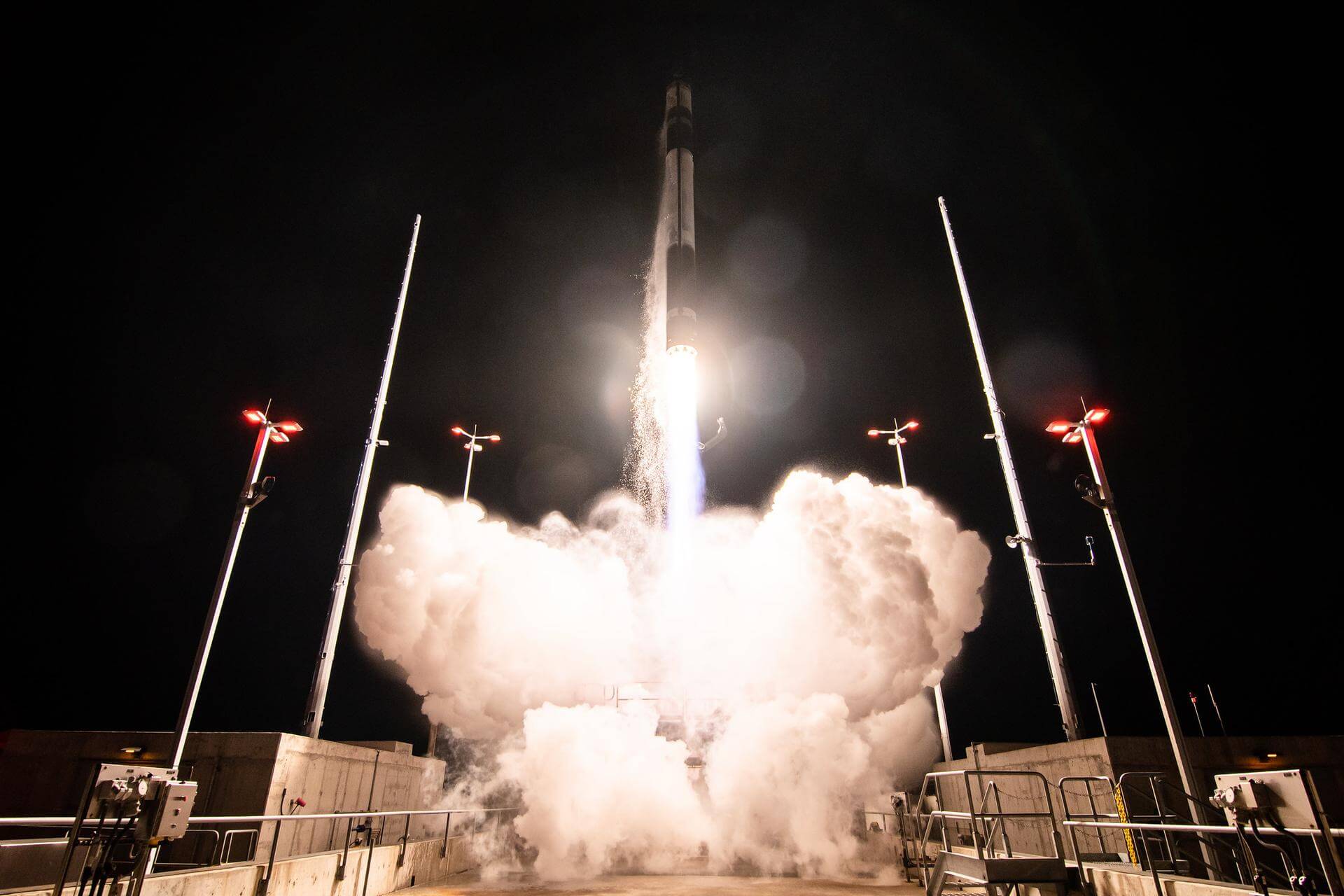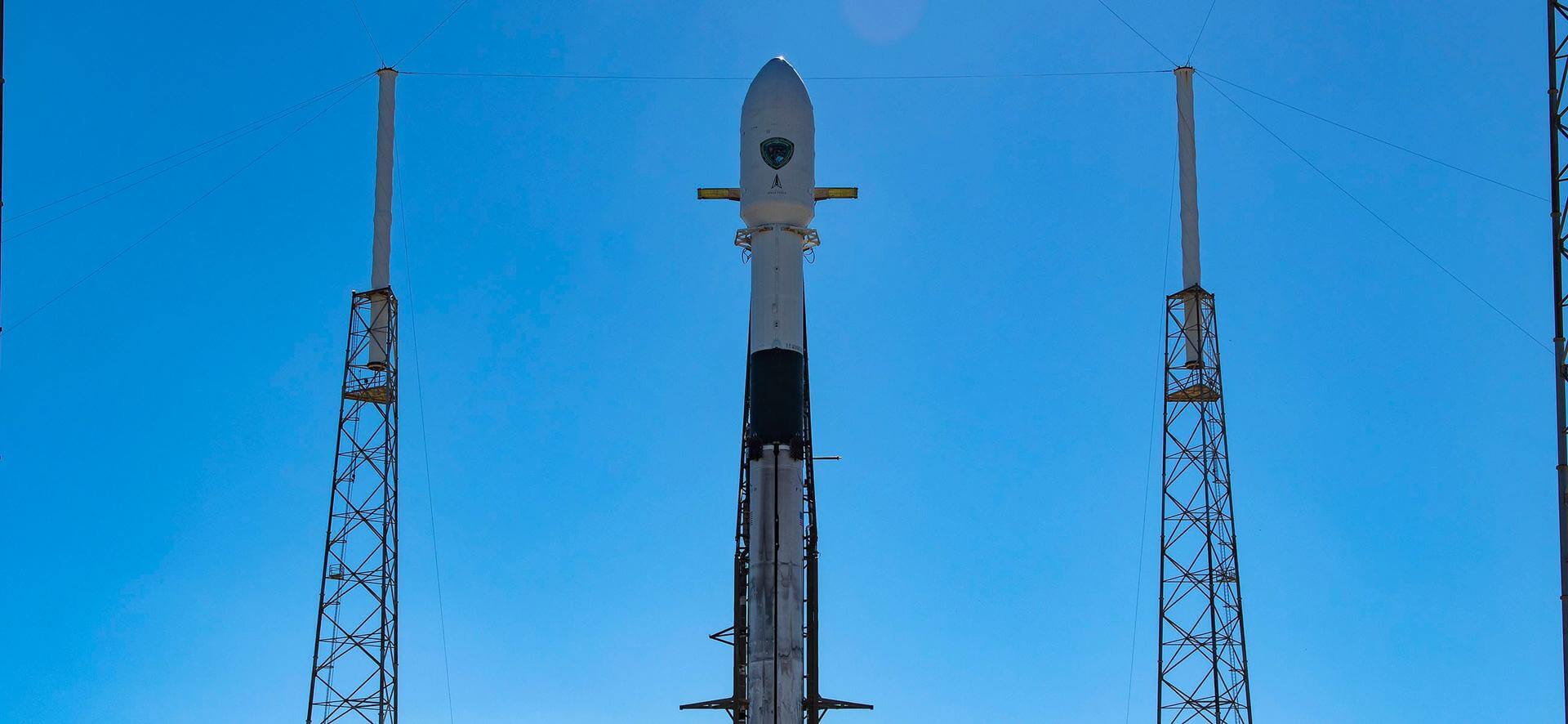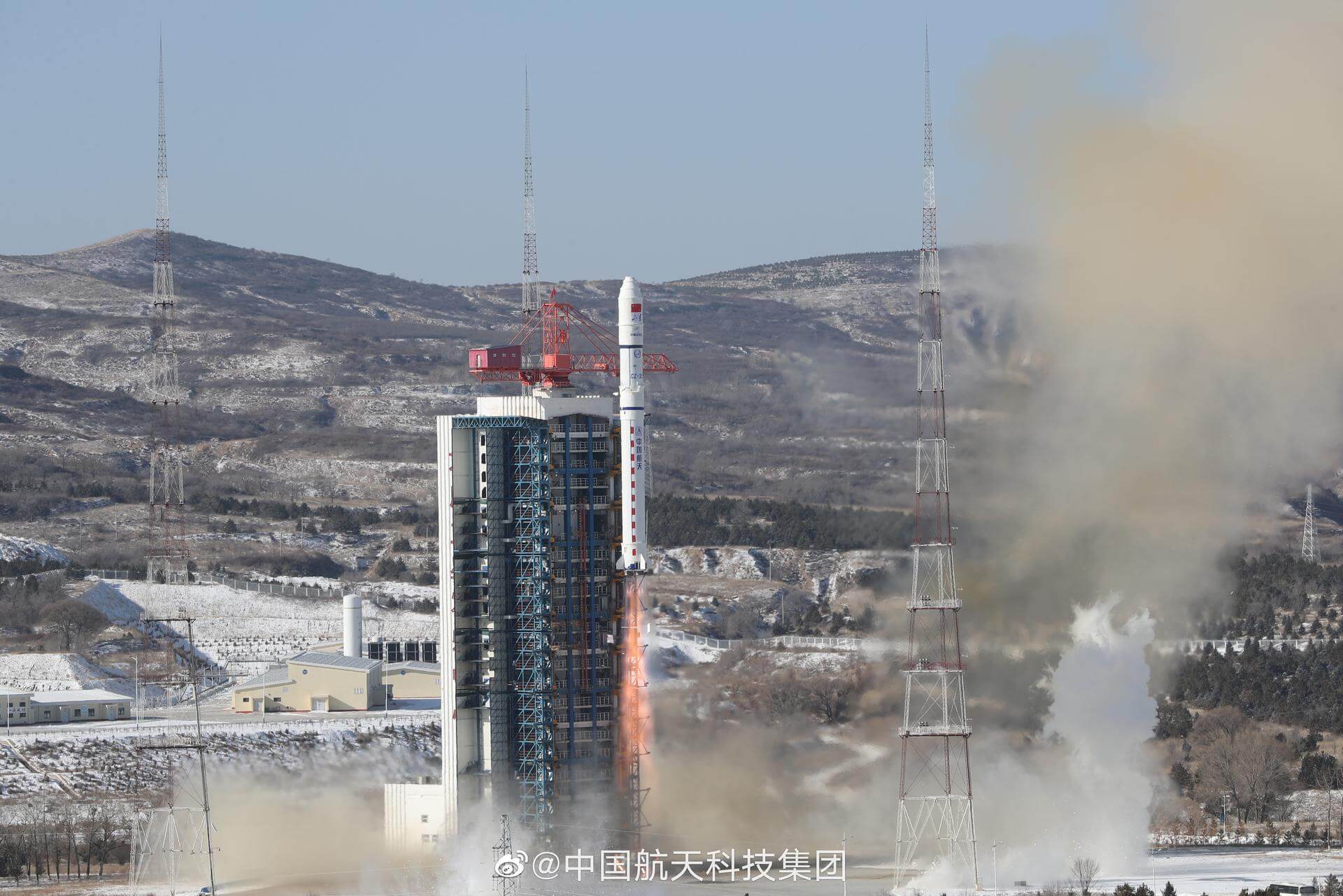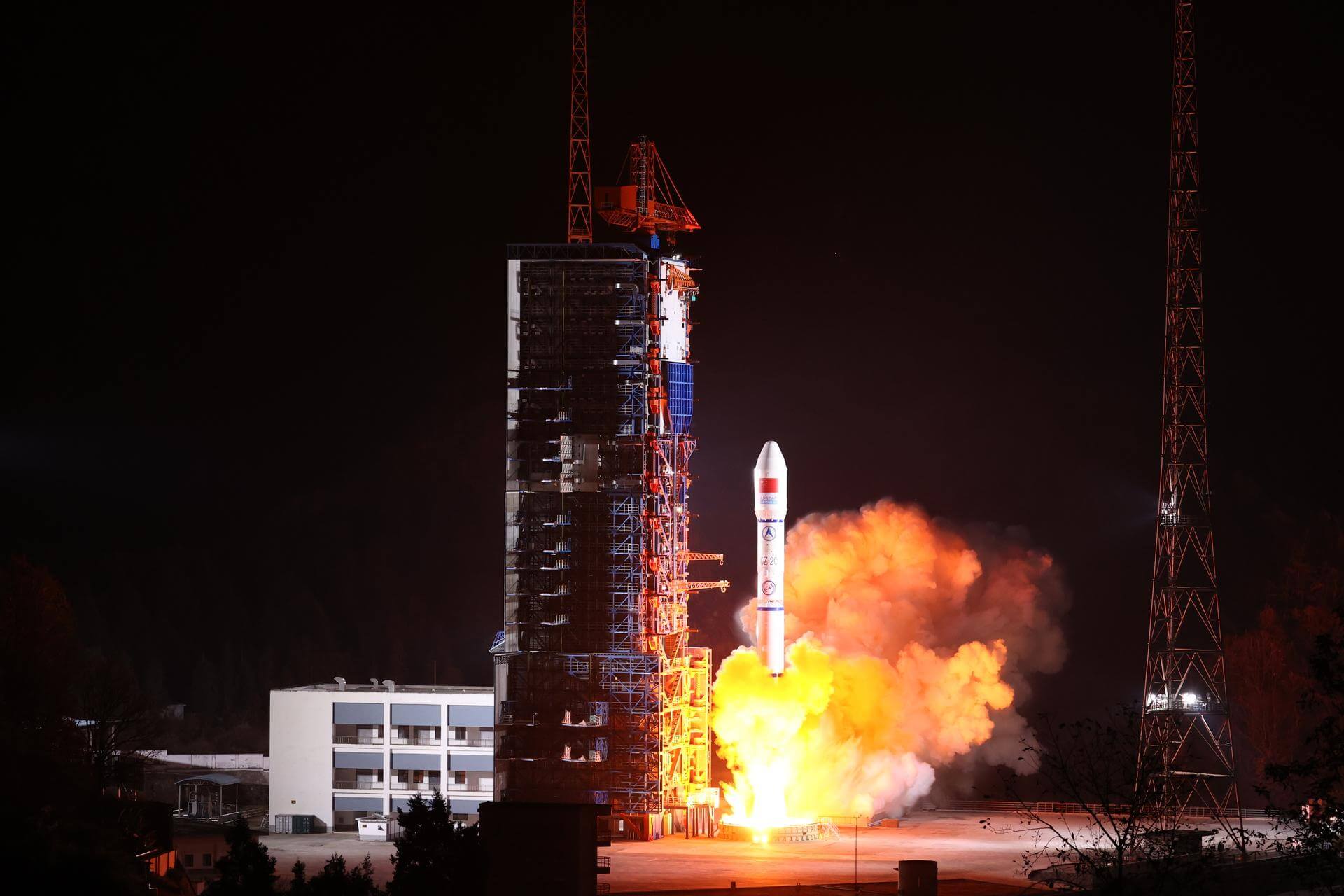Previous Spaceflight Launches
Filter by Agency, Locations or Vehicles
Show All LaunchesFalcon 9 Block 5 | Starlink Group 2-6 & ION SCV009
SpaceX | United States of AmericaVandenberg SFB, CA, USA
Jan. 31, 2023, 4:15 p.m.
Status: Launch Successful
Mission:
A batch of 49 satellites for the Starlink mega-constellation - SpaceX's project for space-based Internet communication system. This launch carries D-Orbit’s ION SCV009 Eclectic Elena as a rideshare payload.
Low Earth Orbit B1071 - Flight Proven ( ) Of Course I Still Love YouFalcon 9 Block 5 | Starlink Group 5-2
SpaceX | United States of AmericaCape Canaveral SFS, FL, USA
Jan. 26, 2023, 9:32 a.m.
H-IIA 202 | IGS Radar 7
Mitsubishi Heavy Industries | JapanTanegashima Space Center, Japan
Jan. 26, 2023, 1:50 a.m.
Electron | Virginia is for Launch Lovers (Hawk 6A-C)
Rocket Lab | United States of AmericaWallops Flight Facility, Virginia, USA
Jan. 24, 2023, 11 p.m.
Falcon 9 Block 5 | Starlink Group 2-4
SpaceX | United States of AmericaVandenberg SFB, CA, USA
Jan. 19, 2023, 3:43 p.m.
Falcon 9 Block 5 | GPS III SV06
SpaceX | United States of AmericaCape Canaveral SFS, FL, USA
Jan. 18, 2023, 12:24 p.m.
Status: Launch Successful
Mission:
GPS-IIIA (Global Positioning System) is the first evolution stage of the third generation of the GPS satellites. It consists of the first ten (known as "tranche") of GPS III satellites.
Medium Earth Orbit B1077 - Flight Proven ( ) A Shortfall of GravitasFalcon Heavy | USSF-67
SpaceX | United States of AmericaKennedy Space Center, FL, USA
Jan. 15, 2023, 10:56 p.m.
Status: Launch Successful
Mission:
USSF-67 is a mission for the United States Space Force with two satellites, including the LDPE-3A rapid prototype platform hosting 5 USSF payloads.
Geostationary Orbit B1064 - Flight Proven ( ) Landing Zone 2 B1070 - Maiden Flight Atlantic Ocean B1065 - Flight Proven ( ) Landing Zone 1Long March 2D | 6 x Jilin-1, Qilu-2/3 & others
China Aerospace Science and Technology Corporation | ChinaTaiyuan Satellite Launch Center, People's Republic of China
Jan. 15, 2023, 3:14 a.m.
Status: Launch Successful
Mission:
This launch carries multiple payloads, including 6 new satellites for the Jilin-1 commercial Earth observation satellite constellation and Qilu-2/3, 2 optical Earth observation satellites for the Shandong Province Industrial Technology Research Institute.
Sun-Synchronous OrbitLong March 2D | Yaogan 37 & Shiyan 22A/B
China Aerospace Science and Technology Corporation | ChinaJiuquan Satellite Launch Center, People's Republic of China
Jan. 13, 2023, 7 a.m.
Long March 2C | APStar 6E
China Aerospace Science and Technology Corporation | ChinaXichang Satellite Launch Center, People's Republic of China
Jan. 12, 2023, 6:10 p.m.
Status: Launch Successful
Mission:
APStar 6E is a small high-throughput communication satellite for Hong Kong based APT Satellite. It is based on the new DFH-3E small GEO platform developed by the China Academy of Space Technology (CAST), featuring all-electric propulsion. The satellite will provide satellite telecommunication services in the Asia-Pacific region. Payload includes a transfer stage to send the satellite to GTO.
Geostationary Transfer Orbit
